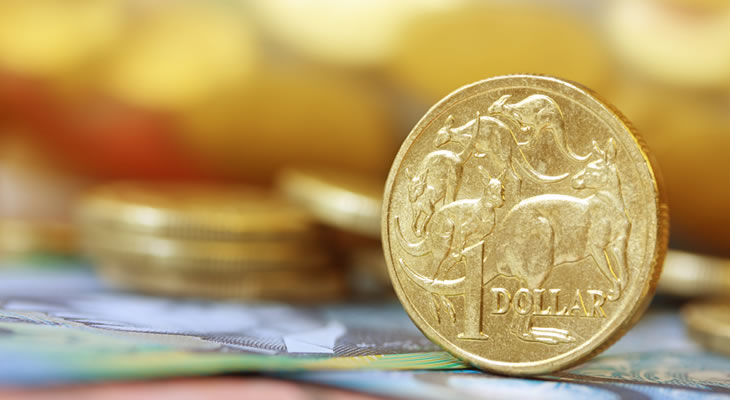The Pound Sterling to Australian Dollar (GBP/AUD) exchange rate could resume its recent uptrend this week if the Australian data supports the argument in favour of a negative interest rate revision from the Reserve Bank of Australia (RBA).
Pound Sterling to Australian Dollar (GBP/AUD) Exchange Rate Fluctuates on RBA, BoE Minutes
Over the course of last week the Pound Sterling to Australian Dollar (GBP/AUD) exchange rate fluctuated between highs of 1.9453 and lows of 1.9110 before approaching the weekend trending in the region of 1.9396.
Demand for the ‘Aussie’ peaked and flopped as minutes from the recent Reserve Bank of Australia (RBA) policy meeting indicated that the central bank is preparing to cut interest rates, but Australian inflation figures printed above expected levels.
Less-than-impressive Chinese data also pressured the ‘Aussie’ lower while the Bank of England’s (BoE) meeting minutes indicated that UK borrowing costs could be revised sooner than previously anticipated.
The Australian Dollar to US Dollar (AUD/USD) exchange rate was able to advance as the ‘Greenback’ broadly softened in response to a run of below-forecast US ecostats, which reduced the odds of the Federal Reserve reviewing fiscal policy this summer.
The AUD/USD currency pair may continue trending higher in the days ahead.
As stated by industry expert Kathy Lien; ‘The big question before us is whether these softer reports will lead to a more dovish Fed statement next week. If this sentiment makes its way into the Fed statement, the US Dollar could extend its slide quickly.’
Pound Sterling to Australian Dollar (GBP/AUD) Exchange Rate Forecast – Australian Leading Index, Chinese Manufacturing Data Ahead
The Pound Sterling to Australian Dollar (GBP/AUD) exchange rate could return to trending in a stronger position over the course of this week if Chinese data adds to concerns relating to the growth prospects of the world’s second largest economy.
Chinese data to be aware of this week includes the nation’s Industrial Profits report, Leading Index, the Westpac MNI Consumer Sentiment measure and Manufacturing/Non Manufacturing PMI.
A decline in either of the PMIs would be Australian Dollar negative.
Of course, any less-than-impressive Australian ecostats will also up the odds of the RBA cutting borrowing costs in one of its upcoming meetings and could drive the ‘Aussie’ lower against peers like the Pound.
While the economic calendar isn’t exactly loaded with Australian data, there are a few reports to be aware of; the Roy Morgan Weekly Consumer Confidence Index, Conference Board Leading Index, Import/Export Price Index, Private Sector Credit numbers, the AiG Performance of Manufacturing Index, Producer Price Index and Commodity Price Index.
Of those, the most influential will be the Manufacturing report. If the measure remains or sinks further into contraction territory, the Australian Dollar may soften.
A speech to be given by RBA Governor Glenn Stevens is also likely to prove influential. If the central bank chief indicates that rates will still be reduced in spite of the latest inflation numbers the Australian Dollar may fall.
On Sunday the Pound Sterling to Australian Dollar (GBP/AUD) exchange rate was trading in the region of 1.9396 while the Australian Dollar to Pound Sterling (AUD/GBP) exchange rate was trading in the region of 0.5149.

